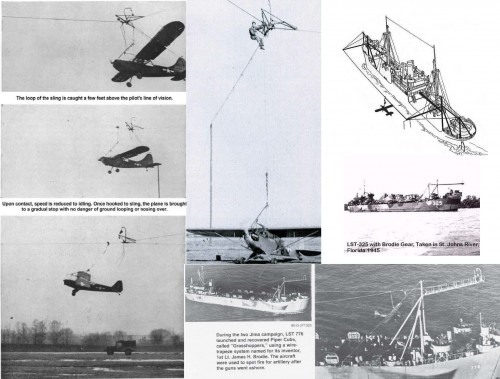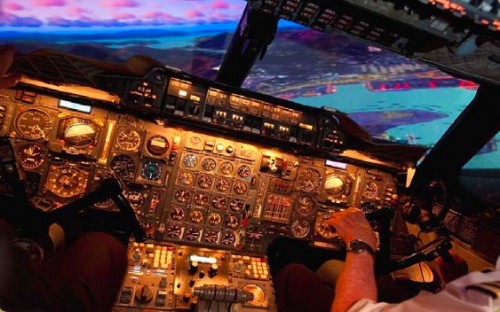
This diagram shows the stalling progress in the speed of air travel.
The inner ring, the range of a DC-3 in 1940, was substantially improved upon by the Lockheed Constellation in 1950, and much more so with the Boeing 707 in 1960. That was twenty years. But from 1960 to 1990, only the small outer circle was gained. And in the quarter century since, it has not expanded at all.
Technology has advanced in small things — small in size, not in importance — like electronics. But in big, macroscopic things, the world of “stuff”, it seems that there has been stasis for two generations. In a recent post, I linked to a video where Peter Thiel made this point. Theil may have overstated his case, but in the case of aviation he certainly appears to be correct. (Incidentally, my copy of Theil’s new book, Zero to One: Notes on Startups, or How to Build the Future arrived yesterday.)
One theory is that only defense-related spending is sufficiently large and removed from market considerations to lead to truly massive breakthroughs in technology. This view is espoused by Peter J. Hugill, in his book World Trade Since 1431: Geography, Technology, and Capitalism Paperback, a brilliant book which I heartily commend to you. However, I am not convinced that this is true in every case. In the case of aviation, the basic scientific insights exist, so government-financed development may not be necessary to reach the next breakthrough in aircraft performance.
My coauthor Jim Bennett notes:
We may soon see transsonic aircraft operating commercially. These will fly just above the speed of sound, where the sonic boom can be minimized by a number of design tricks. These could operate at airspeeds of around 700 knots, compared to the 500-550 at which most airliners are operated today. They could go faster but they are deliberately slowed down to reduce fuel consumption.
According to Jim, true supersonic or hypersonic aircraft “will be limited to transoceanic routes by sonic boom restrictions, or depend on new approaches which have yet to be fully tested.”
While a 20% increase in speed will be nice to have, I am eager to see these massive, disruptive changes in aviation speed — multiples of the present speed, not just incremental increases.
In America 3.0 we predict a breakdown of the regulatory machinery that is stalling technological progress in many areas, including improved aircraft performance. We speculate about what much faster commercial air travel will allow in terms of, for example, locating retirement housing in Cuba and Mexico, with rapid access by air.
Seniors are able to stay at home, both with mechanical assistance and with many people specializing in providing elder care, or move into modularized units easily attached to the their adult childrens’ homes. Retirement communities in Cuba, the Central Highlands of Mexico and the Mexican border zoner are becoming popular. Hypersonic air travel, until recently only used by the very wealthy or government officials, is slowly coming down in price, as aerospacelines compete for business, thus making visits back and forth to visit Grandma far easier.
Just as driverless cars will make exurban development feasible, as we describe in America 3.0, routine, affordable supersonic air travel will make remote locations useable for business and housing that are not feasible now.
A world that it is half or a third the size it is now, in terms of travel time, opens up opportunities that we cannot even conceive of now.
(The map above is from Prime Movers of Globalization: The History and Impact of Diesel Engines and Gas Turbines by Vaclav Smil.)



